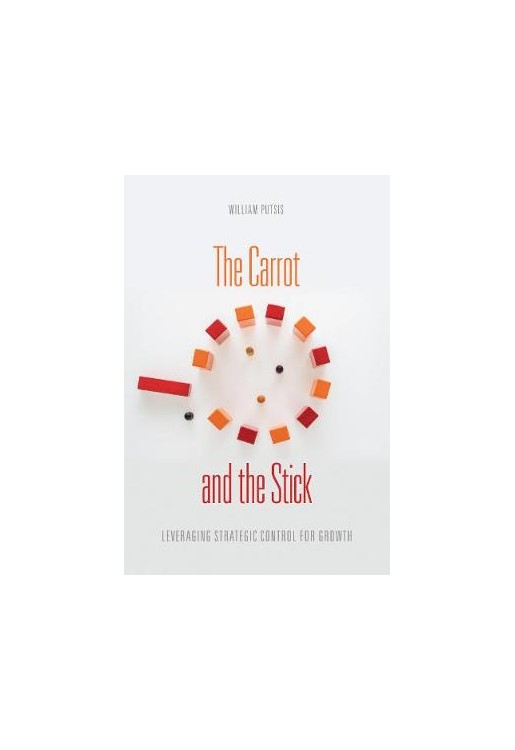In today's world of interconnected and "always-on" information, companies that succeed are those that compete by leveraging strategic control points. A strategic control point is a part of a market that, if controlled by one party, can be used to leverage power elsewhere. This can occur throughout the supply chain, in a related business, or even in an unrelated market
The Carrot and the Stick uses detailed examples and case studies - ranging from historic cases like Vanderbilt's railroad in New York to current cases like Amazon's control of the value chain - to explain how finding and leveraging points of strategic control can be the key to success in today's convergent, fast-paced markets. The book focuses on how to spot and own potential points of strategic control, how to extend them to multiple markets, what tools and processes can be implemented in order to utilize the principle in practice, and how to "pry loose" existing points of strategic control owned by others. Applicable to all industries, this book can help alter business outcomes.
1. Introduction
Part 1. Strategic Control in a Single Market Context
2. Understanding Strategic Control Points ("The Stick")
3. How to Spot Strategic Control Points
Part 2: Extending Strategic Control to Multiple Markets
4. Extending the Concepts to Multiple Markets
5. On the Outside Looking In: What Happens When Someone Else Owns a Strategic Control Point?
6. What Can Go Wrong When You Own a Point of Strategic Control?
Part 3: The Carrot and the Stick: Strategies for Today's Interconnected Environment
7.The Concept of Aligning Incentives ("The Carrot")
8. Why the Carrot and the Stick Matter
9. Game Theory, Signaling, and the Strategic Use of Information
10. Conclusion




